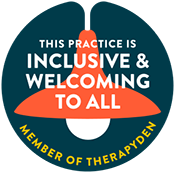Marriage can be one of the most fulfilling aspects of life, but when it starts to feel more like a source of stress and unhappiness, it can be difficult to know where to turn. If you are in an unhappy marriage, you are not alone—many couples experience periods of disconnection or frustration. In fact, research shows that approximately 14% of couples are unhappy in their marriage. Acknowledging the problem is the first step toward finding a solution. Whether it is through communication, couples counseling, or self-reflection, there are ways to navigate these tough moments and make meaningful changes.
It is important to remember that no marriage is perfect, and challenges are a natural part of any relationship. However, when unhappiness lingers, it is crucial to take proactive steps to address the root causes. By approaching the situation with empathy, patience, and an open mind, couples can often find ways to rebuild trust, improve communication, and rekindle the connection that brought them together in the first place.














